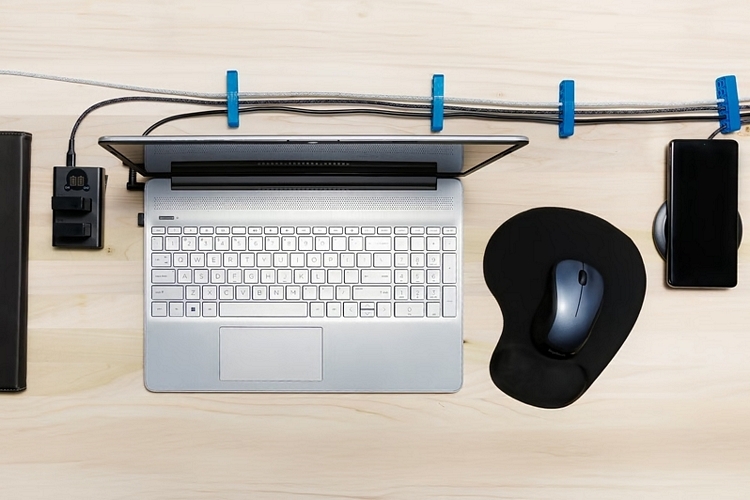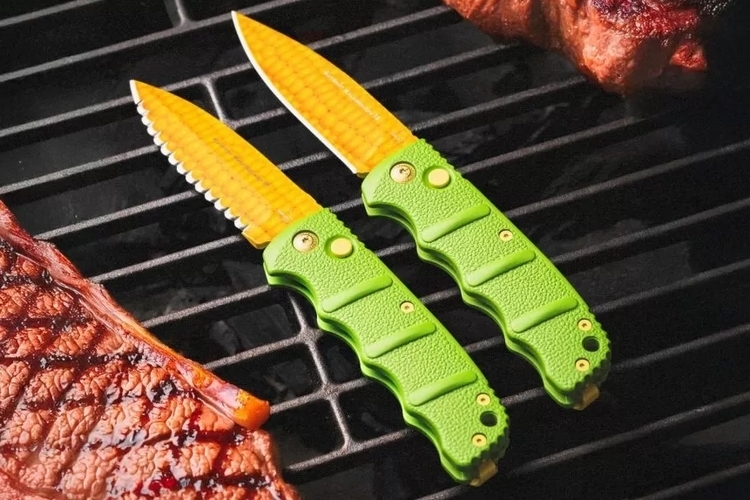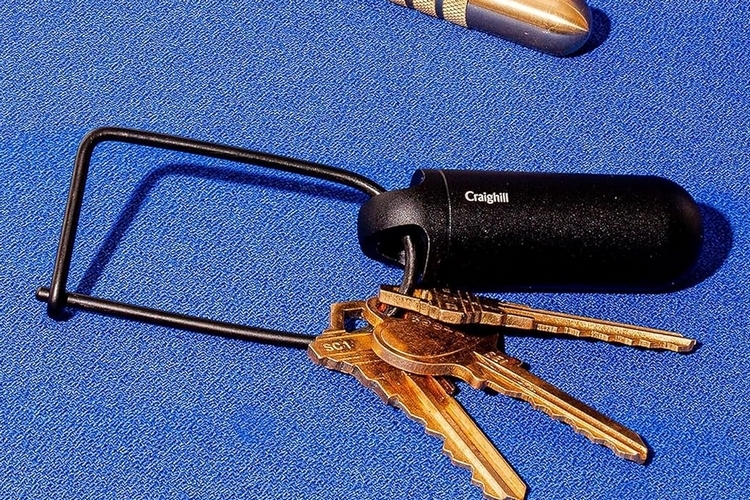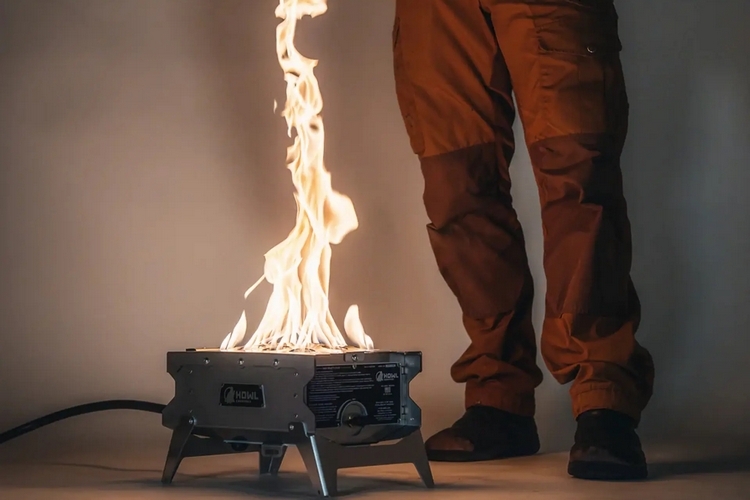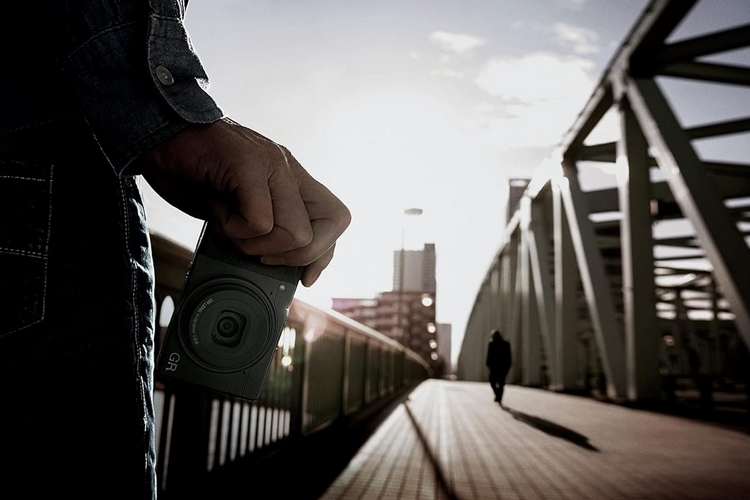
Many people will say your smartphone is already the best travel camera. Well, they’re not wrong for the most part. It takes amazing photos and videos for such a portable device. As good as smartphone cameras have gotten, they still don’t quite replace the image quality you can get from even compact point-and-shoots and mirrorless cameras for vlogging, not to mention DSLRs and similar pro-quality cameras.
Compared to smartphones, the best travel cameras are fitted with bigger sensors that capture larger pixels, provide improved low-light performance, and offer plenty of control of depth of field. They offer zoom that doesn’t degrade the photo quality, giving you a lot more flexibility in composition, too. Sure, the more compact your travel camera gets, the less options you’ll have when it comes to zoom lenses, but even the simplest point-and-shoots tend to have better options when it comes to zooming in on your subjects.
What should you look for in a travel camera? The most important is to find the right balance between function and size. You want a camera that’s compact enough to bring hassle-free to your trip, but also has enough features that make it more worthwhile than just using your phone. Image quality and focal range are two of the most common considerations for people in search of a travel camera, although we’d also like to add simplicity. A lot of travel photography will involve those spur-of-the-moment captures that are sudden and fleeting, which leaves no time for delving into a plethora of settings, which is why we like cameras with well-designed auto modes that can make photography a lot simpler.
These are the best travel cameras to help document your adventures.
Panasonic Lumix G100D
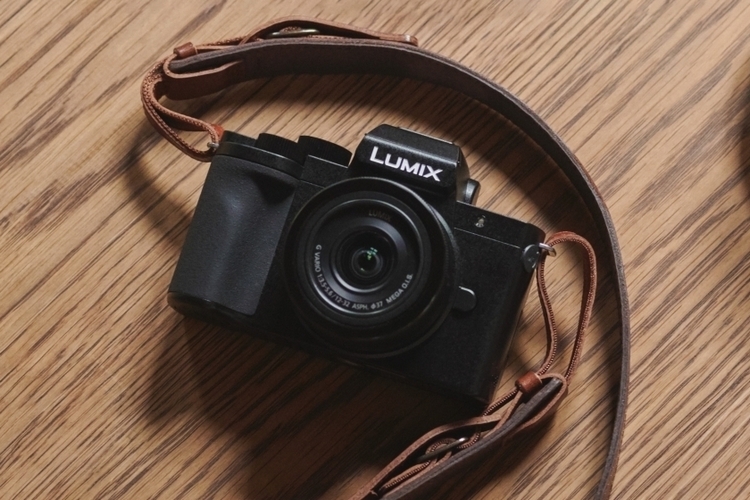
Pros
- Excellent photo and video quality
- Simpler button layout
- Articulated LCD can rotate 180 degrees
Cons
- Older contrast-detect autofocus
- No in-body image stabilization
Sensor: Micro Four Thirds
Megapixels: 20.3
Lens: Interchangeable
Video: 4k 30fps
Most of the best compact travel cameras hover around the $1,000 mark or higher, which is why we really like this Panasonic model, which is arguably the best budget option in the category. For one, it has a 20.3MP Micro Four Thirds sensor to ensure much better image quality than any smartphone can produce, all while coming in a compact size that’s absolutely perfect for travel. It can take different kinds of MFT lenses, giving you plenty of flexibility during trips, while the simpler controls and menu make setting up a shot on the fly a much easier affair. The MFT sensor’s ability to double the focal length is especially useful if you want to spend time capturing faraway subjects during your trip, since you can get reasonably close using smaller telephoto lenses instead of being saddled with larger rigs. Of course, it’s more affordable than other cameras in the list for a reason, with the main one being the older contrast-detect autofocus, which is noticeably slower for photography than the rest of the entries here, all while being a tad difficult to use when capturing footage. There’s also no in-body stabilization. If you can get past those shortcomings, though, is this is great value for a travel camera.
OM System OM5
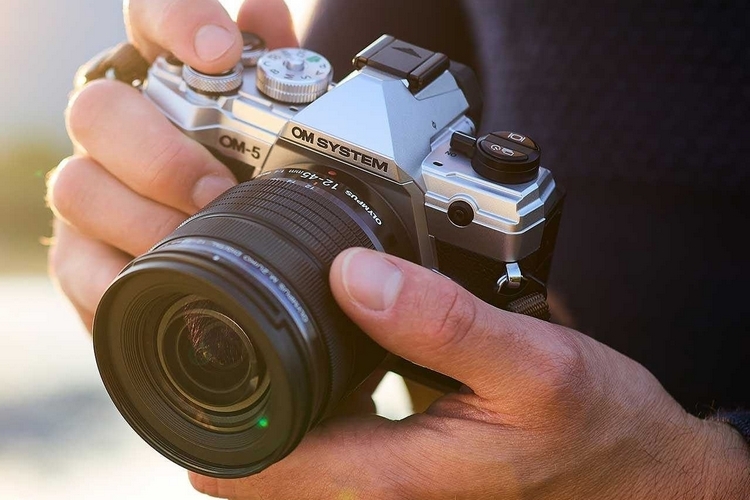
Pros
- Powerful imaging features
- 6.5 stops of in-body stabilization
- Excellent lens options
Cons
- Average EVF resolution
- AF tracking only works great for faces
Sensor: Micro Four Thirds
Megapixels: 20
Lens: Interchangeable
Video: 4k 30fps
Just like the model above, this travel camera is fitted with a Micro Four Thirds sensor, allowing it to strike a great balance between physical size and picture quality. It’s the mid-range model in OM System’s MFT range and manages to fit in a whole lot of features in that erstwhile compact housing. There’s the option to shoot at 10fps or 30fps in Pro-Capture mode, a High-Res mode that creates 50MP and 80MP images, live ND filters for long exposures in bright light, and all sorts of computational photography modes. Suffice to say, there’s plenty of great stuff to play with here. It has fast 1,053-point phase-detect autofocus, which should help you quickly dial in on faces, although it does struggle a bit with more varied subjects, while the excellent in-body stabilization (it has 6.5 stops) enables smooth and stable handheld shots, minimizing those throwaway captures that usually come when you take plenty of photos while on the move. It’s weather-sealed, by the way, so it can handle moisture and splashes, making it handy in plenty of weather situations you’re bound to encounter during trips. We do wish it shot better videos than 4K 30fps, but we guess you’ll need one of Panasonic’s higher-end models for that.
Ricoh GR IIIx
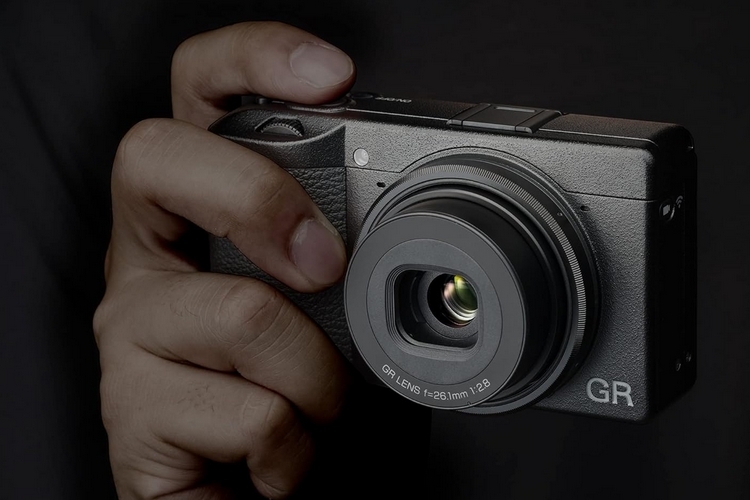
Pros
- Large APS-C sensor
- 40mm lens is excellent for street photography
- Very compact size
Cons
- Only 1080p video
- Fixed lens
Sensor: APS-C
Megapixels: 24.2
Lens: Fixed (40mm f/2.8 equivalent)
Video: 1080p 60fps
A street photography version of the original GR III, this travel camera swaps out the 28mm lens in favor of a 40mm one, making it an excellent camera to use if you like spending your travel time exploring cities and urban landscapes. It retains the same 24MP APS-C sensor from the original, along with four stop of in-body image stabilization, allowing it to take stellar photographs even in low-light situations. While the 40mm lens is fixed, it does offer the option of shooting cropped images at 50mm or 71mm, while an optional screw-in converter lets you add 80mm, 100mm, and 141mm lens options. The video specs are the biggest downside here, as it only manages a maximum of 1080p at 60fps, with a two-stop built-in ND filter for shooting those wide open footage in broad daylight. Other nice features include a range of film simulation modes, basic in-camera image editing, and physical controls that mimic the functions of bigger cameras.
Fujifilm X100VI
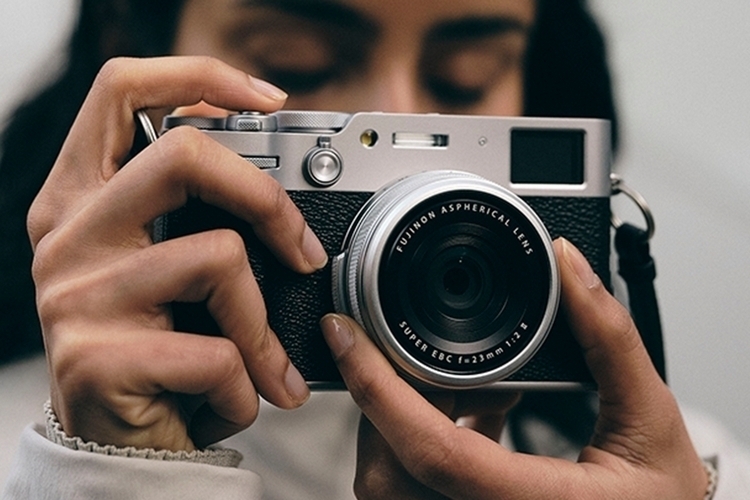
Pros
- Premium vintage feel
- Big 40MP sensor allows high-res photos and 6.2K video
- Film simulations make it easy to churn out creative-looking shots
Cons
- Data rate is capped at 200 Mbps
- Using converter to augment fixed lens affects image quality
Sensor: APS-C
Megapixels: 40.2
Lens: Fixed (23mm f/2)
Video: 6.2K 30fps

Yes, it’s the Tiktok-famous travel camera that’s taken the short-form video platform by storm with its vintage looks, compact size, and exceptional imaging. While the lens is fixed, the 23mm focal length is actual perfect for travel photography, being wide enough to take expansive shots of landmarks and big crowds, while still being narrow enough for framing a group of tourists bandying around. There are converter options for changing the length of the lens, by the way, but we found image quality to be best when sticking with the fixed one onboard. The high resolution sensor allows for plenty of details in your pictures, while also allowing for cropped 6.2K video at 30 fps, 4k video at 60 fps, and 1080p at 240 fps. Suffice to say, it’s a veritable video powerhouse for such a small camera. Other notable features include 20 film simulation modes that enable some really creative-looking shots, five-axis in-body stabilization (six stops of shake reduction), dual viewfinders, and excellent autofocus (it handles humans, animals, birds, and vehicles very capably).
Fujifilm X-S20
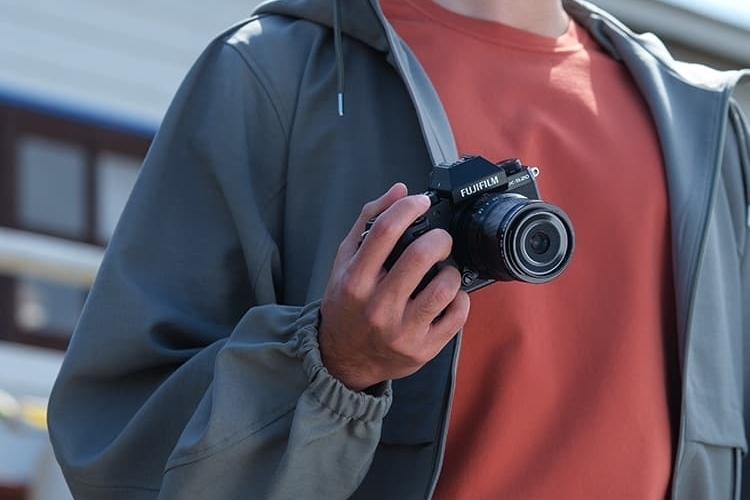
Pros
- Superb video features
- Excellent film simulations for photos
- Long battery life
Cons
- Same sensor as last generation
- Average viewfinder
Sensor: APS-C
Megapixels: 26.1
Lens: Interchangeable
Video: 6.2K 30fps
It’s just downright impressive how much capabilities Fujifilm managed to cram into this travel-sized camera, which offers excellent performance for photos and videos alike. Sure, it doesn’t have the same high resolution as the X100VI above, but it does have many of the same features, from the film simulations and programmable recipes to the advanced autofocus and tracking. Seriously, this autofocus is incredibly fast. For videos, it shoots 6K 30fps open-gate footage with internal 4:2:2 10-bit recording, along with options for rendering outputs in Apple ProRes RAW and Blackmagic RAW externally. Suffice to say, this outperforms the X1000VI in the video department, which, we think, makes the extra $100 or so worth it on its own. We also love the intuitive controls, the portable form factor, and the comfortable, along with the fact that the battery lets you shoot 800 frames in one go, a far cry from the 300 shots or so you normally get from smaller camera form factors.
Nikon Zf
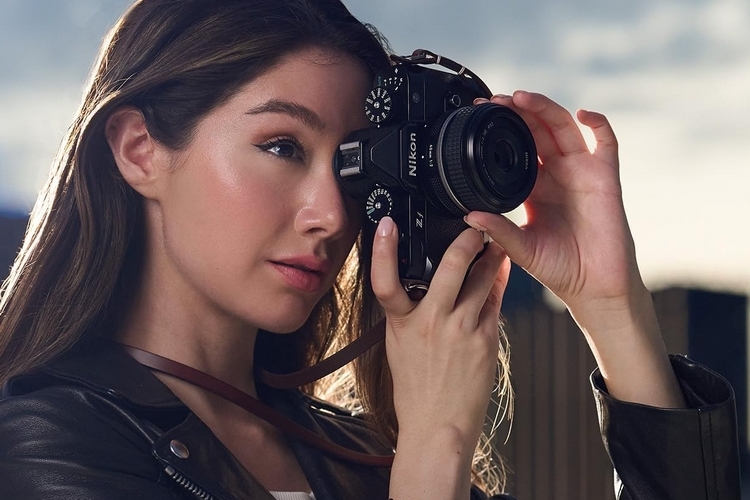
Pros
- Gorgeous vintage design with quality build
- Fast, accurate, and versatile autofocus
- Full-frame sensor produces excellent photos and videos
Cons
- Shallow grip makes it hard to handle
Sensor: full-frame BSI CMOS
Megapixels: 24
Lens: Interchangeable
Video: 4K 60fps (cropped)
Another vintage-looking travel camera, this full-frame mirrorless shooter looks like a film camera straight out of the 80s, complete with the lack of a substantial grip that might make it a bit more challenging to hold in hand. If you can live with the old-school ergonomics, this camera takes absolutely stunning images, especially since you can swap in any premium lens you want, with burst rates of 11fps in RAW and up to 15fps in JPEG mode. We’re especially fond of the B&W modes, which we find to be absolutely special with this camera. It’s no slouch on the video front, either, producing cropped 4K video at 60 fps, although you’re limited to 30fps with the full 6K pixel width uncropped. The image stabilization here is the same as that found on Nikon’s top-end Z8 and Z9 models, which means this thing tracks subjects of all sorts incredibly well, with impressive dynamic range and excellent low-light performance. If you love vintage cameras but hate having to deal with film, this definitely gives you the look and feel of those classic cameras but with all the benefits of modern features.
